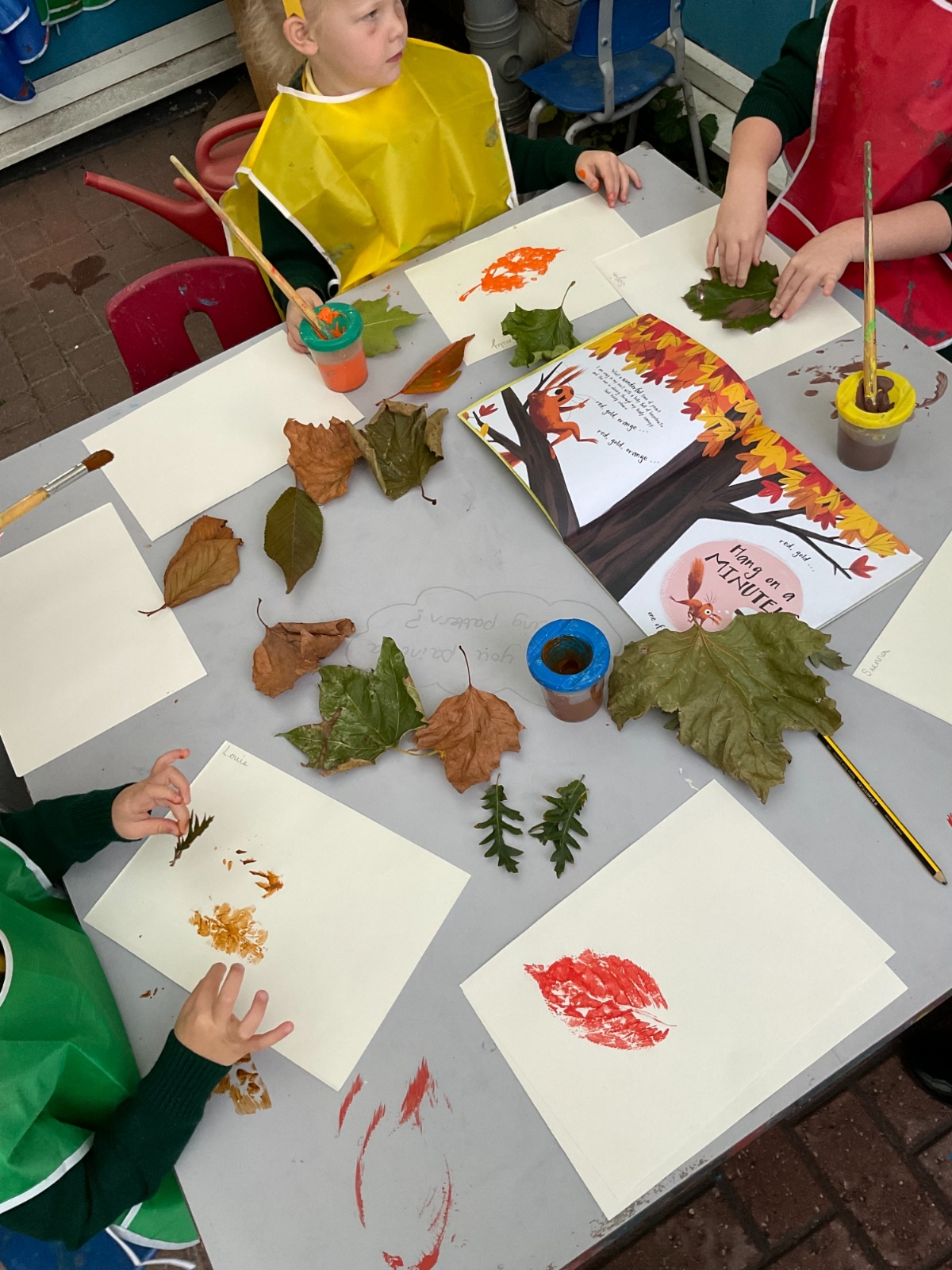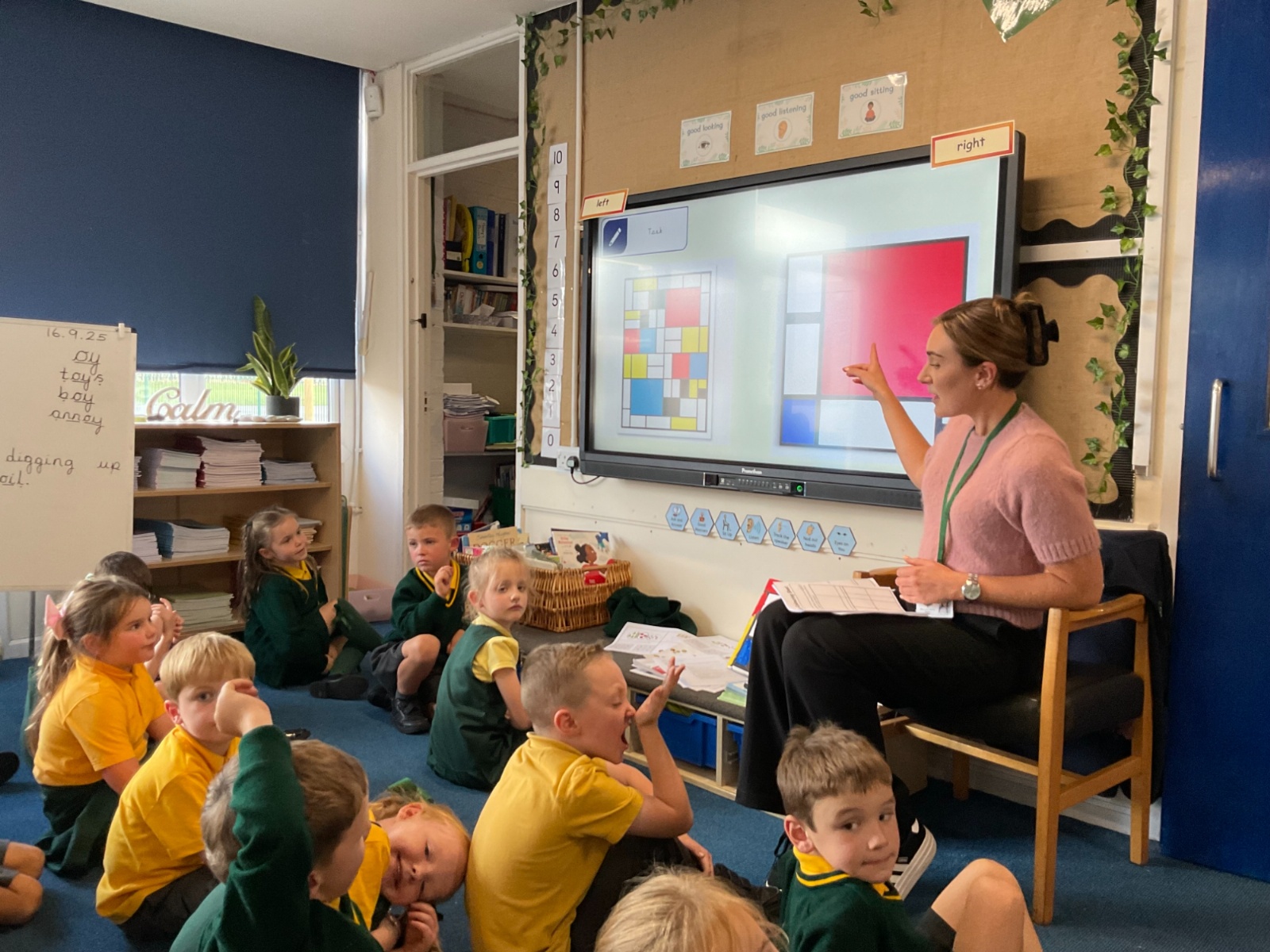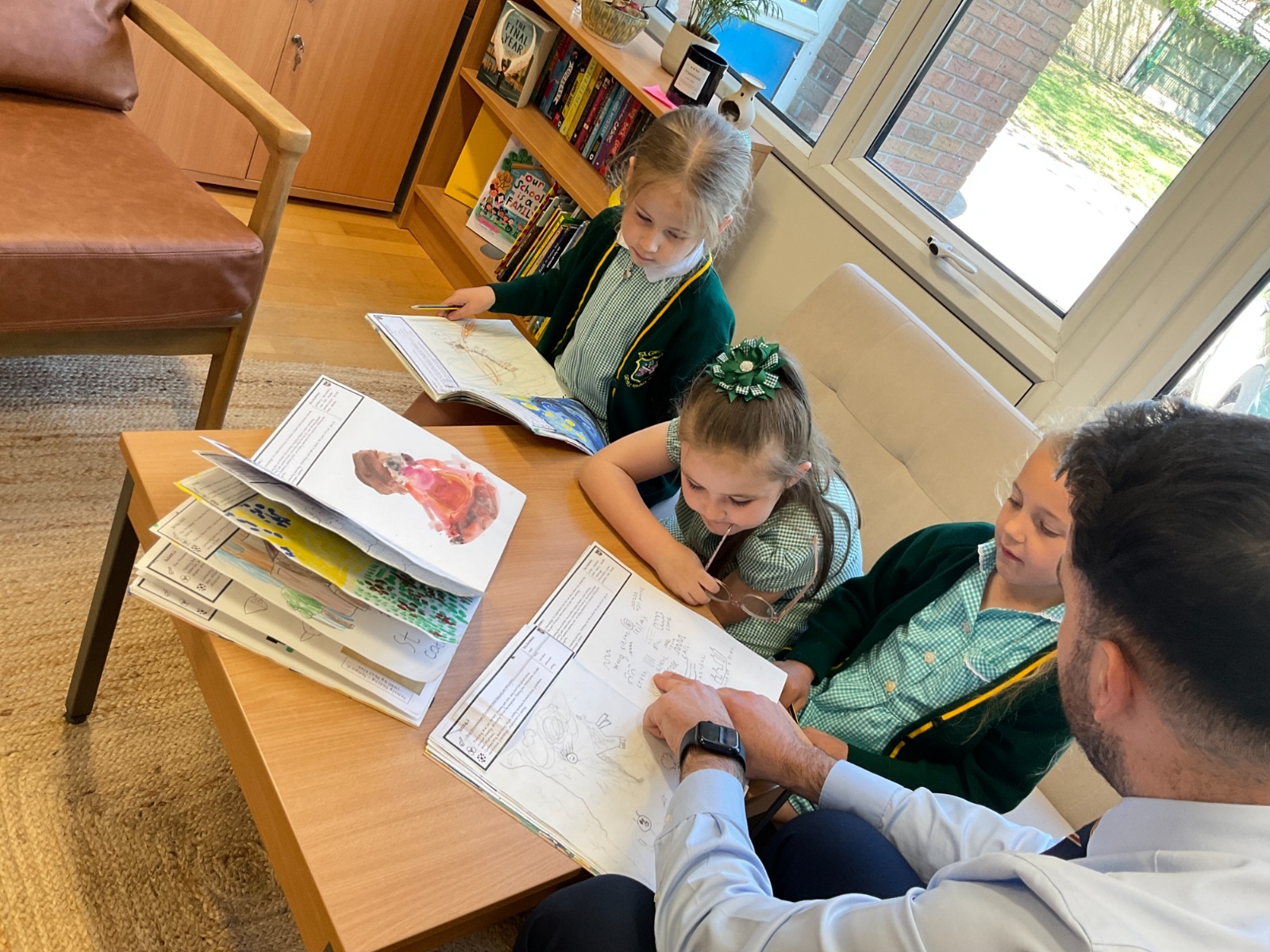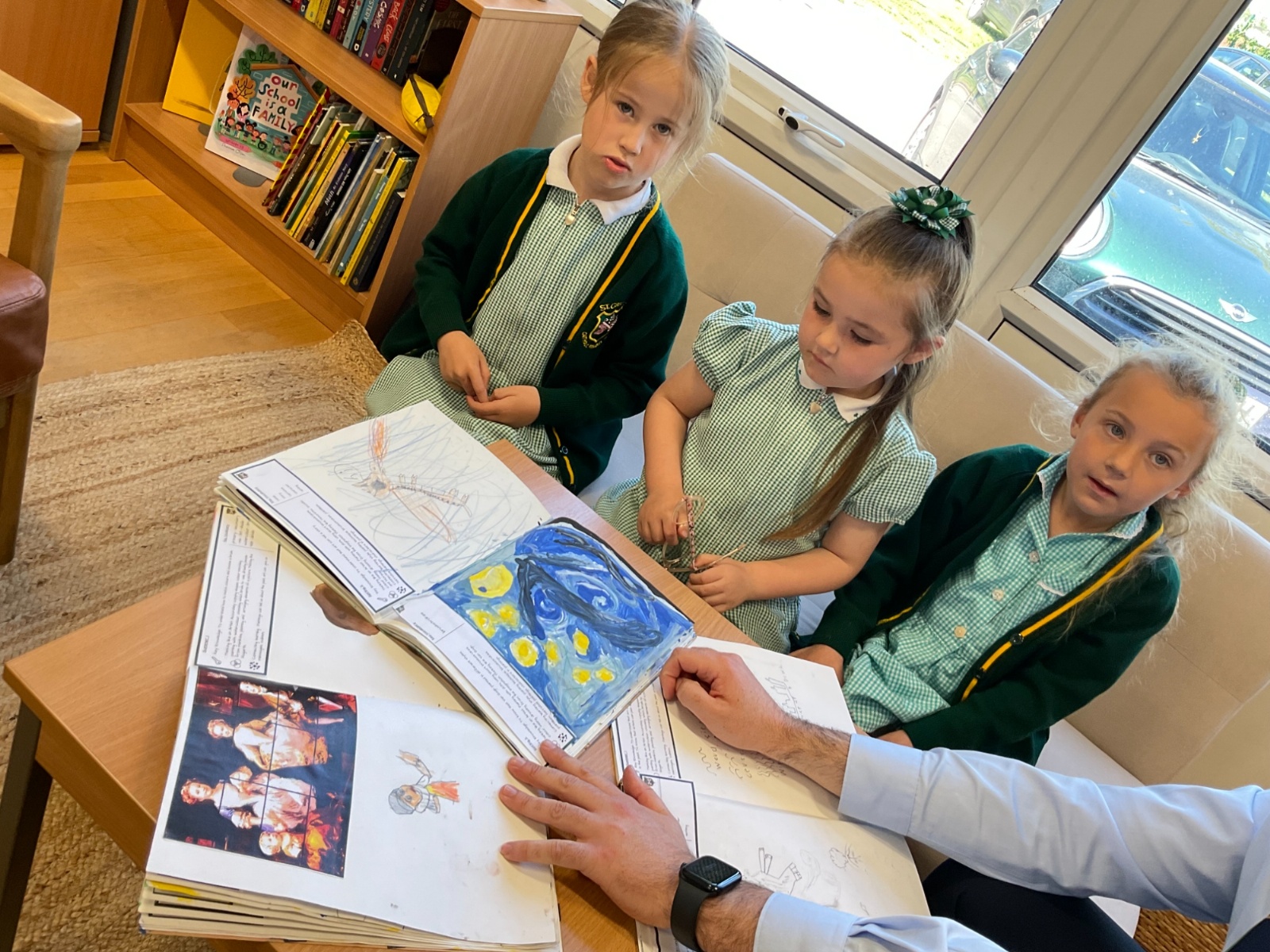Art
St. Gregory's Art Curriculum
St. Gregory’s art curriculum is a knowledge rich curriculum. Knowledge in the realm of art means knowledge not only of artists, designers, architects and their work, but of the artistic concepts that relate to their work shown in different types and styles of art, how these relate to each other in a historical context and how this affects the children’s own use of materials and development of skills. Our curriculum is designed to enable children to learn by making connections between the work of artists, architects and designers (which they study critically) and their own work, which they evaluate and relate back to the works they have studied. This process is cyclical. For our children, becoming informed about the subject discipline of art, is a process that takes place alongside a growing love for the subject. Meaningful opportunities for self-expression and individual response are woven through the curriculum, giving our children space to learn who they are as an artist.
Our topics of learning focus on the different concepts in art and different types of art. In this context, concepts in art means the different elements of art (line, shape, colour, tone, form, space, visual texture and tone), how an artist combines these elements and produces art in different styles, for example realistic or abstract art. Different types of art means the different media used to make art (e.g. sculpture, architecture or painting), different subject matter (e.g. portraits, landscapes or history painting) and different artistic movements, historical periods or geographical cultures (e.g. impressionism, Anglo-Saxon art and Chinese painting).
St. Gregory’s art curriculum provides for gradual progression of skills (split into painting, drawing, 3D form, collage, textiles, printmaking, photography and mixed media), introducing the children to as diverse a range of materials as possible. It also provides for progression in terms of knowledge of different concepts and types of art (for example Style in Art and Narrative Painting are studied in year 1, and then revisited in year 2 in History Painting and in year 5 in Style in Art). The structure of our planning also provides for progression in terms of process in art, both in terms of critical analysis of others’ art and the necessary observation, exploration and evaluation needed for the children to create their own art. Activities children are directed to undertake in lessons are designed with an eye to the importance of learning and practicing process. These activities include verbal and written observations and observational, analytical and imaginative drawing activities in key stage 1, leading to the process of independent investigation, observation, annotation, sketching, design and planning (allowing the children to experiment and invent) by the end of key stage 2. Independent and investigative study and the understanding of process is particularly provided for in the units which conclude the year for years 5 and 6.
Our art curriculum fulfils the requirements of the National Curriculum for England and shows how art shapes our history and contributes to our culture. It looks at key movements and historical periods in the history of Western art, studying art from ancient Greece and Rome, Anglo Saxon England, the middle-ages, the Italian renaissance, Victorian art and architecture, French impressionism and modernism of the 20th century. Where a unit looks at a period in history which is also addressed in the history curriculum, the art unit is taught after the history unit. This allows the children to approach their study of art with a degree of confidence and ‘expertise’ and to consolidate their knowledge by creating connections between the different disciplines.
It is recognised that a study of Western art lacks cultural diversity, and therefore specific units and artists have been added to the curriculum to introduce balance, particularly bearing in mind how we develop cultural capital through cultural diversity. Year 5 study art from the Islamic world, western Africa and China, and these units address the issue of accepted art history narratives, colonialisation and empire, and the influence of non-Western art on art of the Western world. Women artists have also been consciously included in the curriculum, and in key stage 2 there is provision for discussing why women are under-represented in traditional Western art history narratives. Study of modernism and art from the 20th century in year 6 provides an opportunity to study art by women and artists from ethnic groups traditionally underrepresented in British art.
The ‘National Curriculum Coverage’ document breaks down the requirements of the National Curriculum for key stage 1 and key stage 2. Each unit of work covers each of the aims of the National Curriculum. Our Curriculum Knowledge Overview explains how this is achieved, summarising for each year group what concepts of art, types of art, skills and processes are covered. The Knowledge Overview goes on to specify, in more detail, which artists, designers, architects, concepts and skills are covered in each unit. It is expected that evidence of children’s study is recorded in sketchbooks which can include the work, or photographs of the work they produce each lesson. Sketchbooks often include written reflections on the work of other artists/designers/architects, as well as the children’s written reflections on their own work. Our children also actively and regularly engage with their topic knowledge organiser, which is displayed on the Working Wall and stuck into books, as well as explicitly exploring their Knowledge Intention and engaging in regular multiple-choice quizzes, so that both children and teachers can easily identify progression in knowledge, process and application of skills.
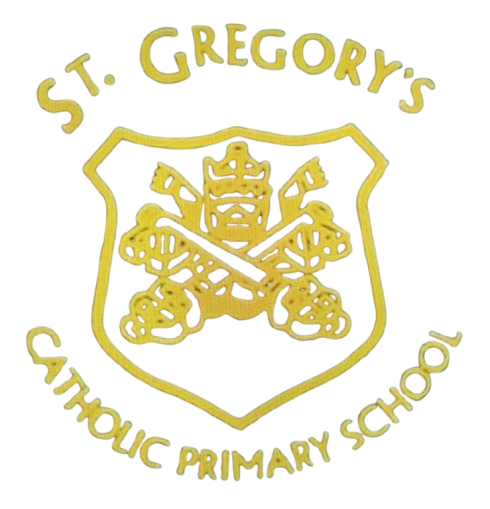
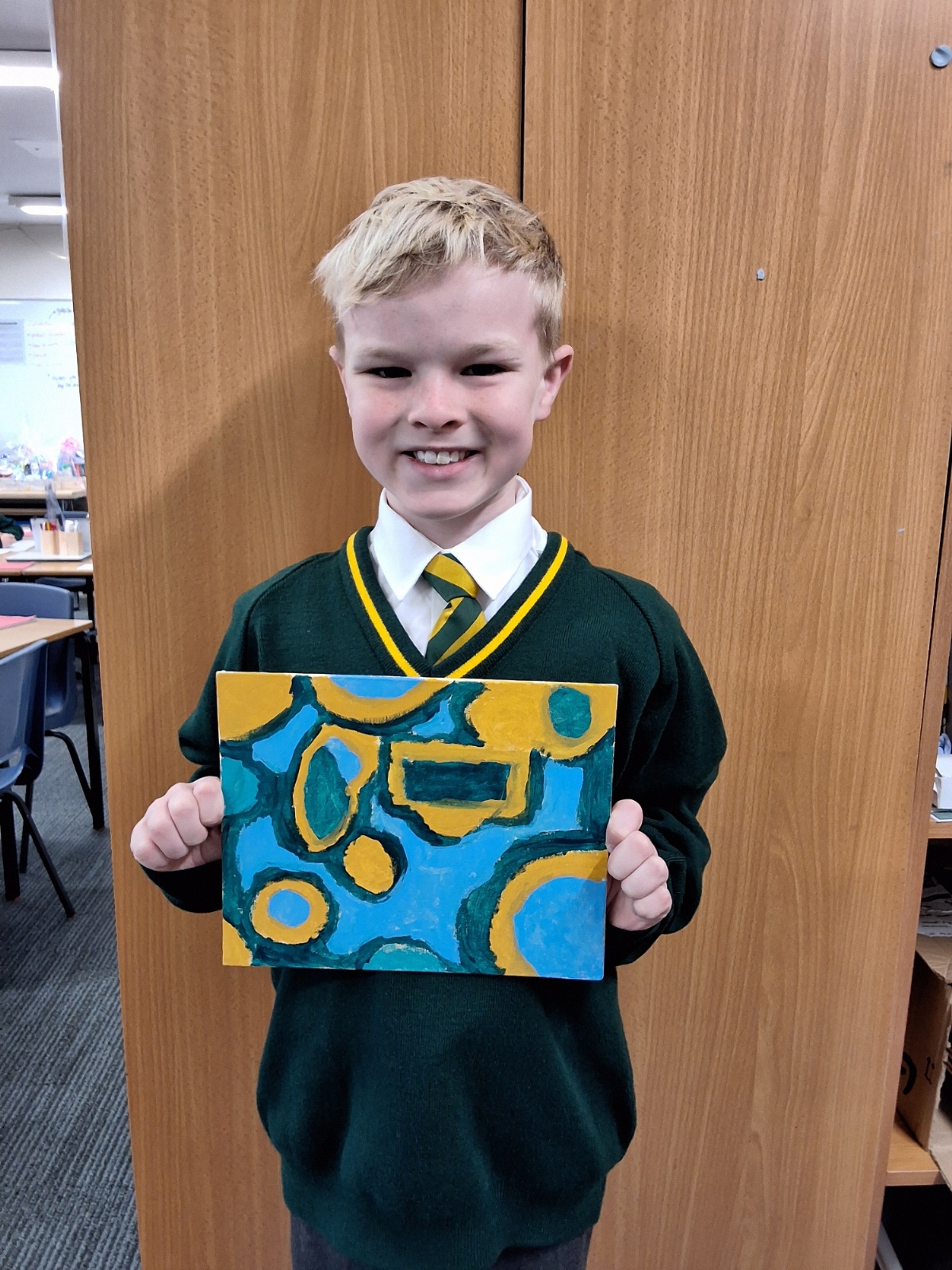



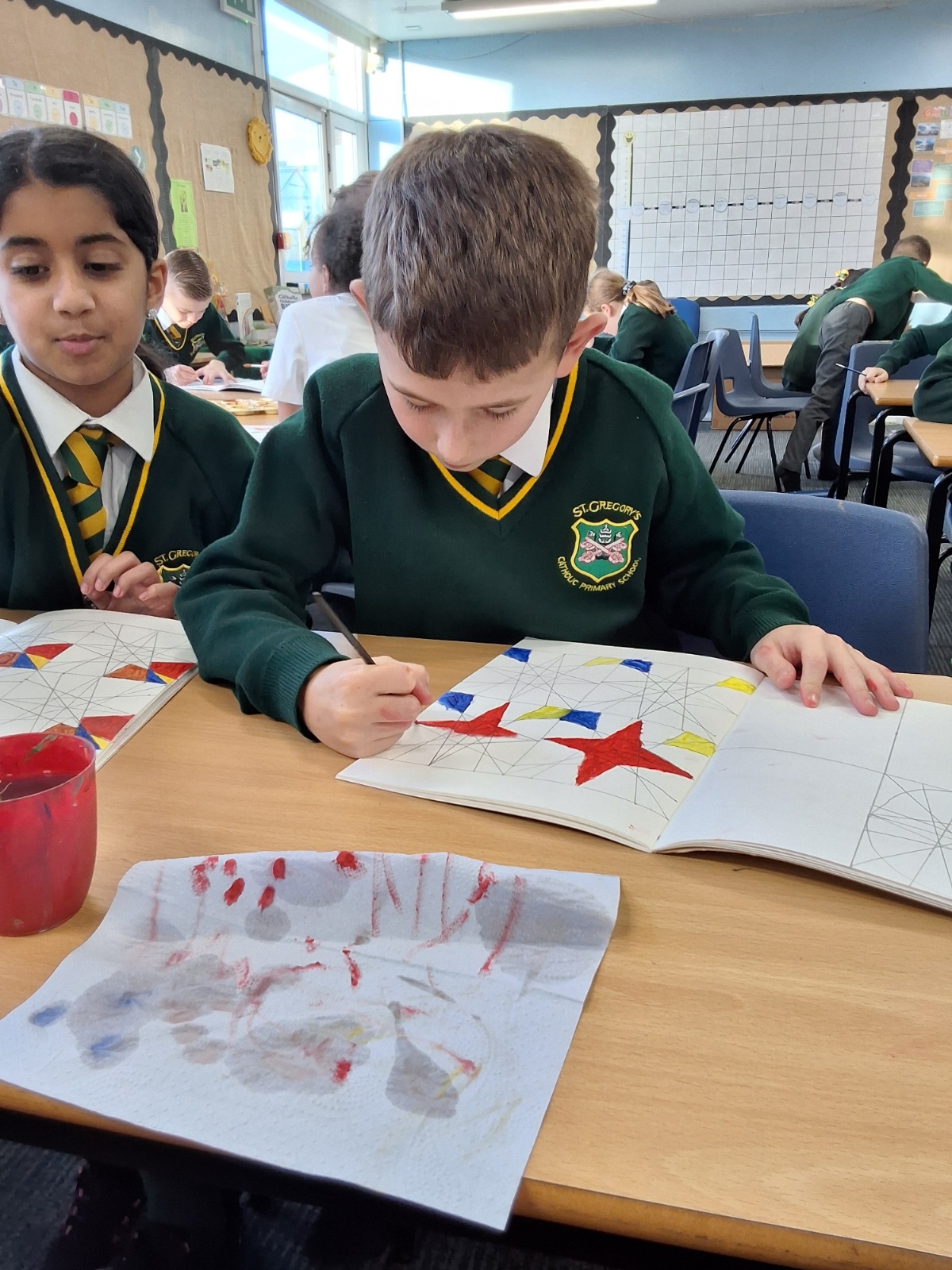

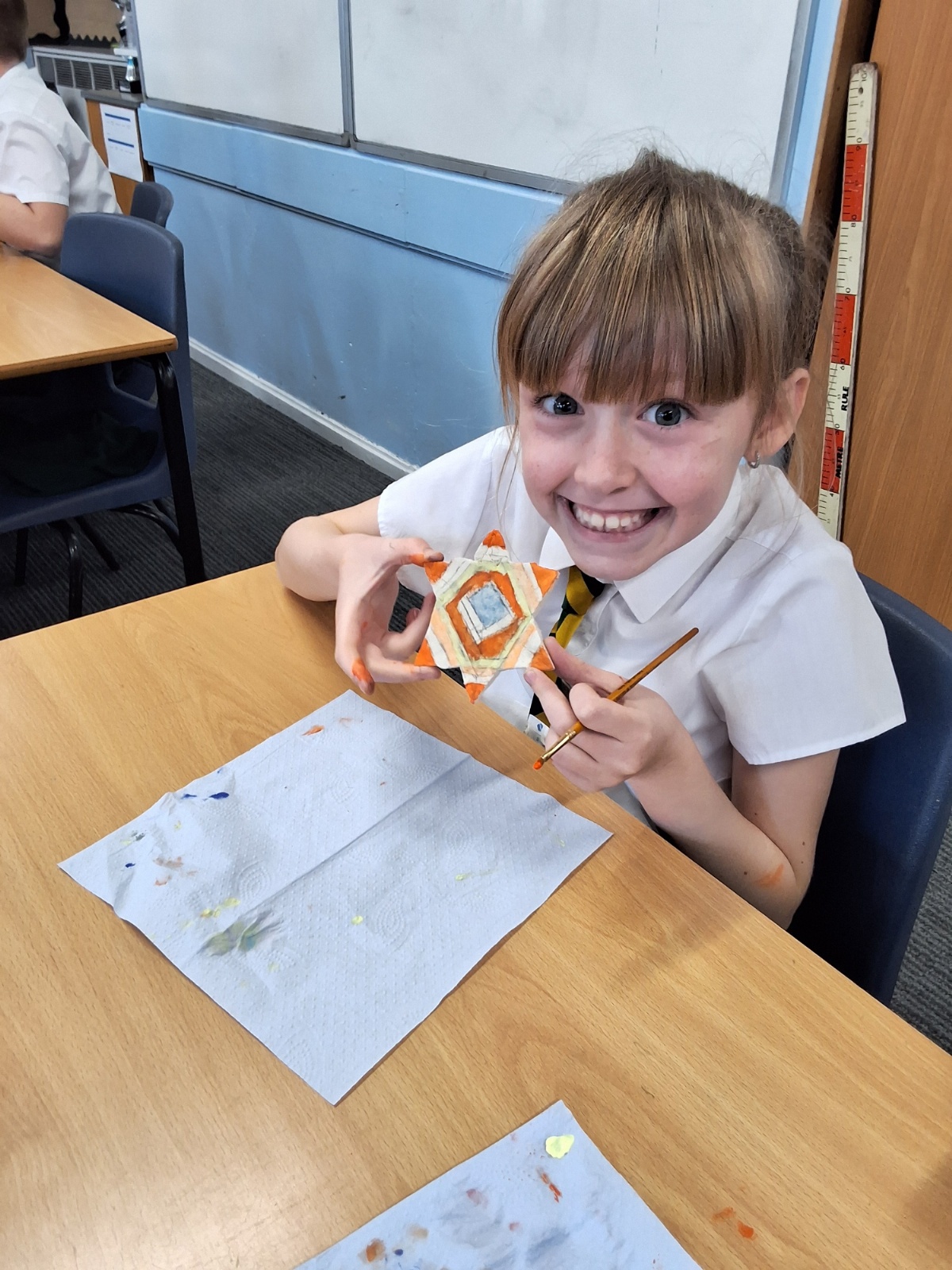

.JPEG)

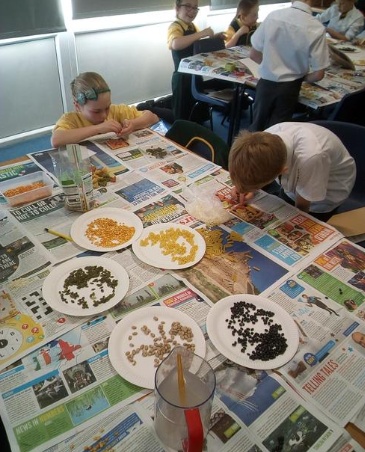
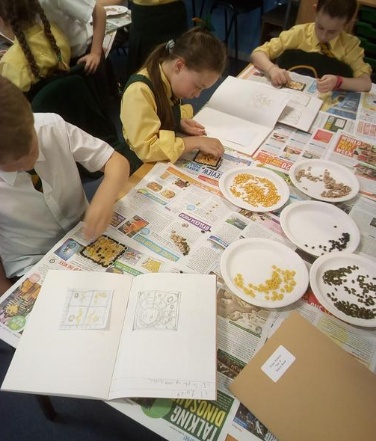
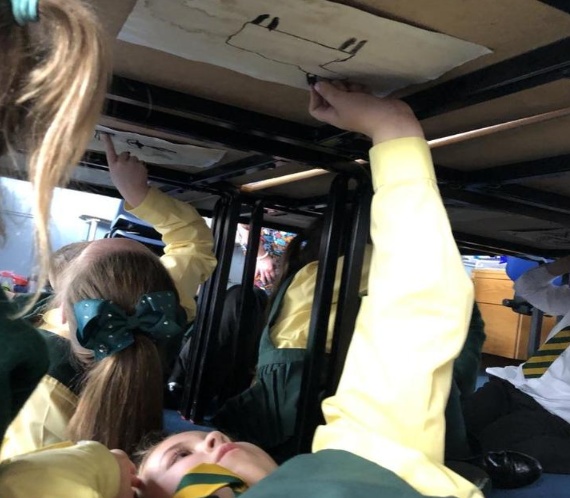
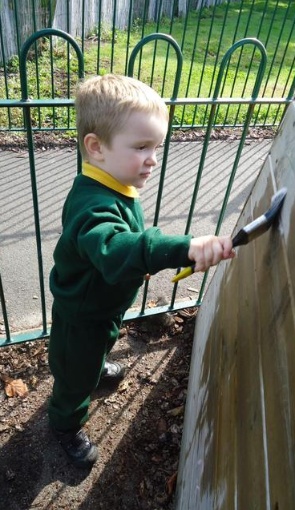
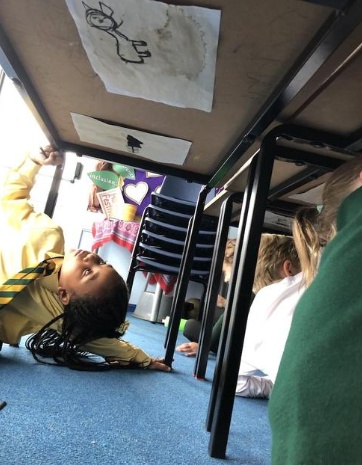
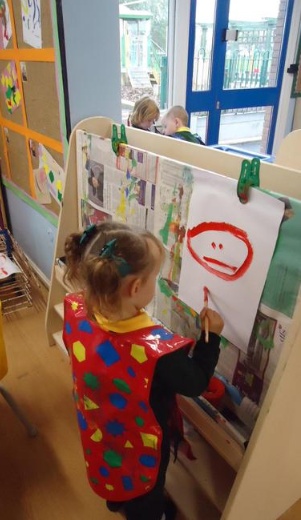
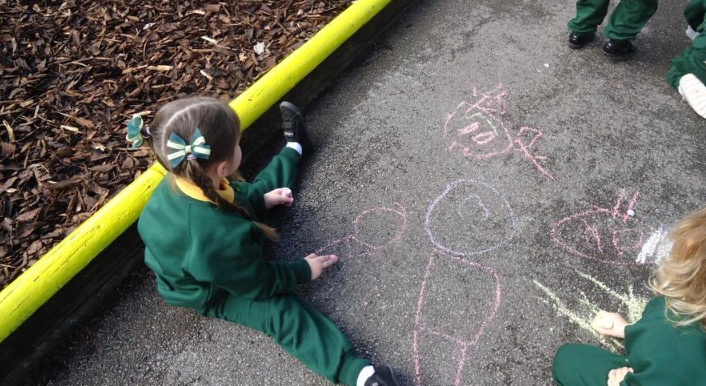
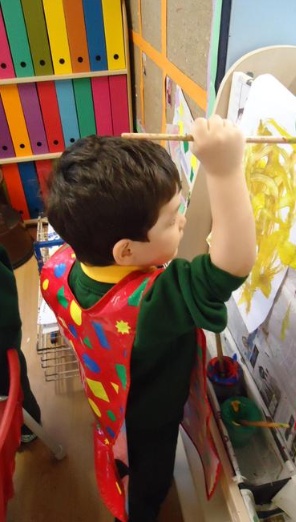
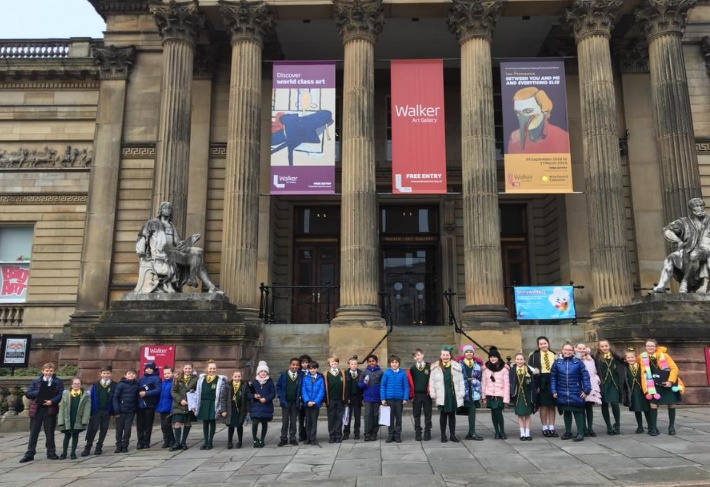
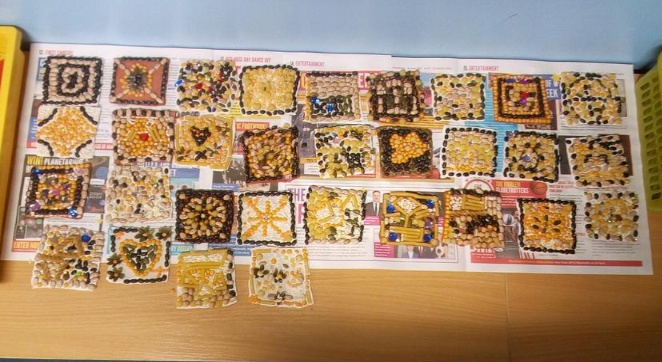

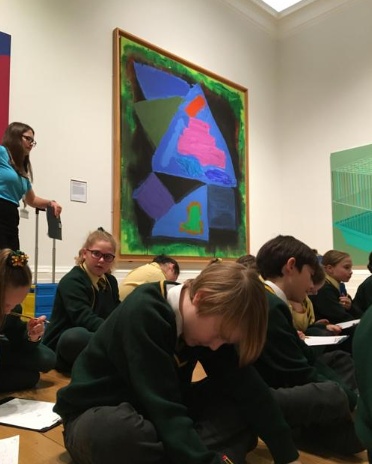
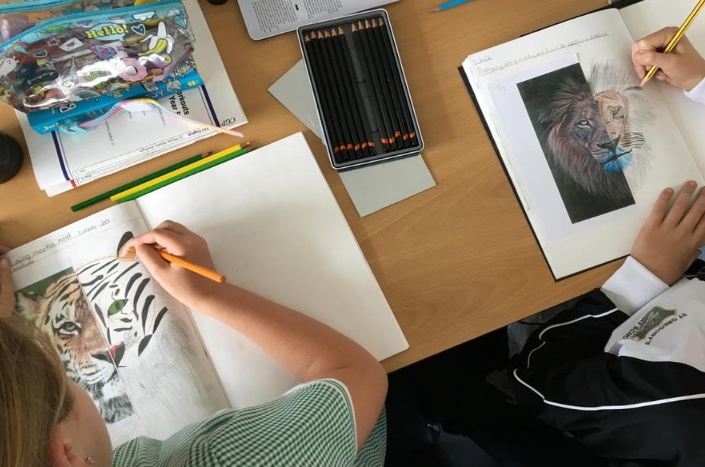
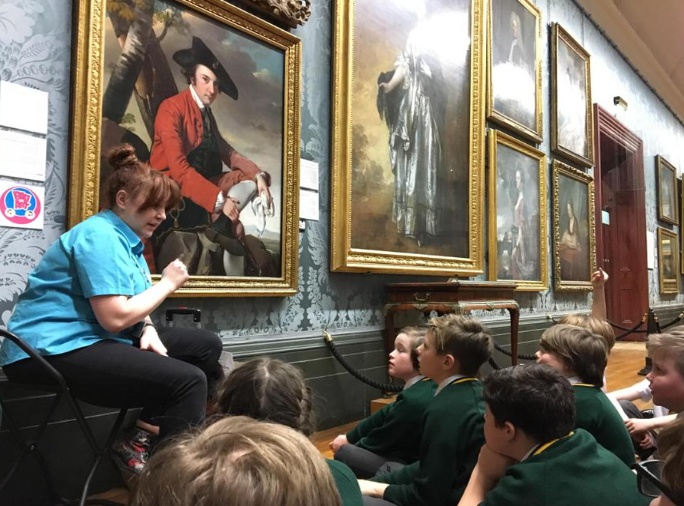
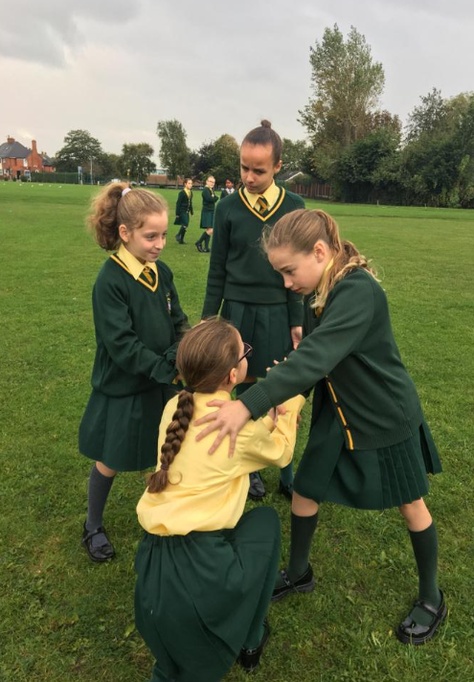
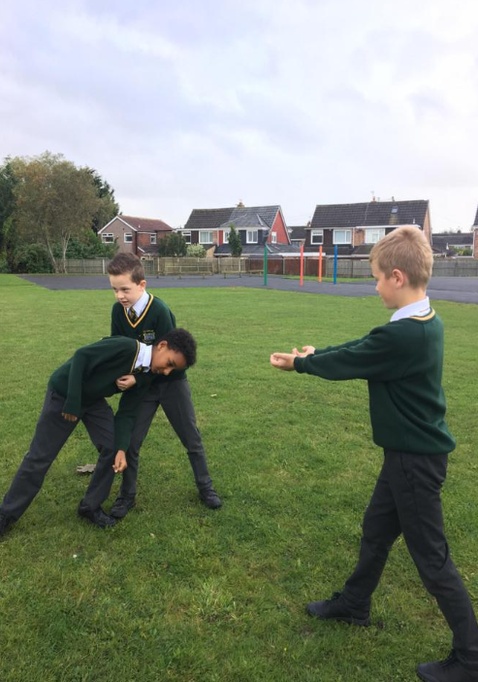



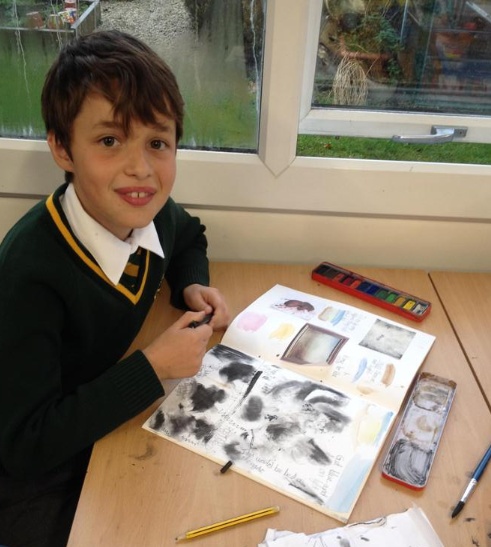
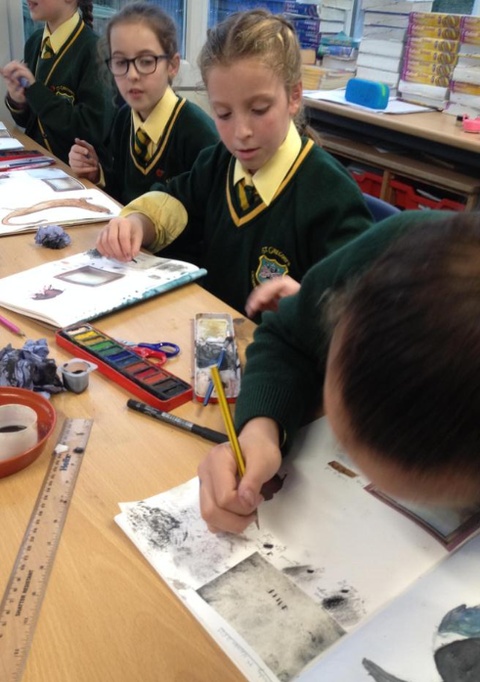


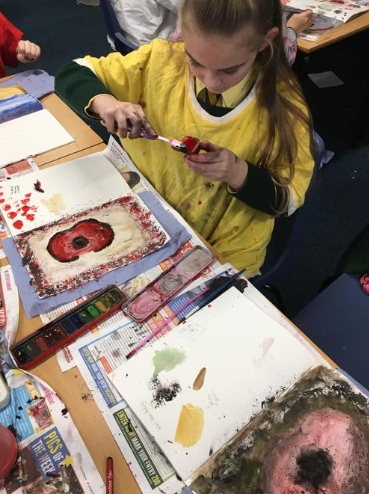

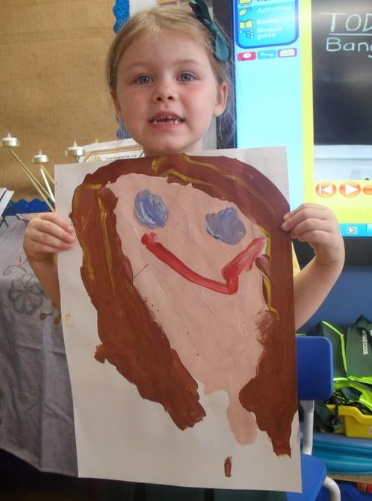

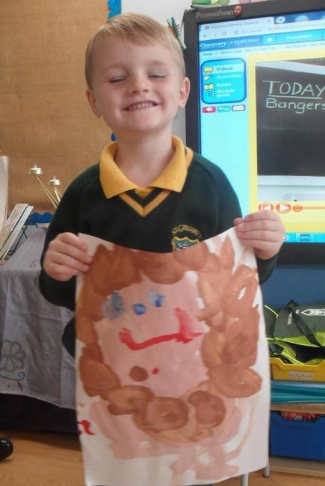
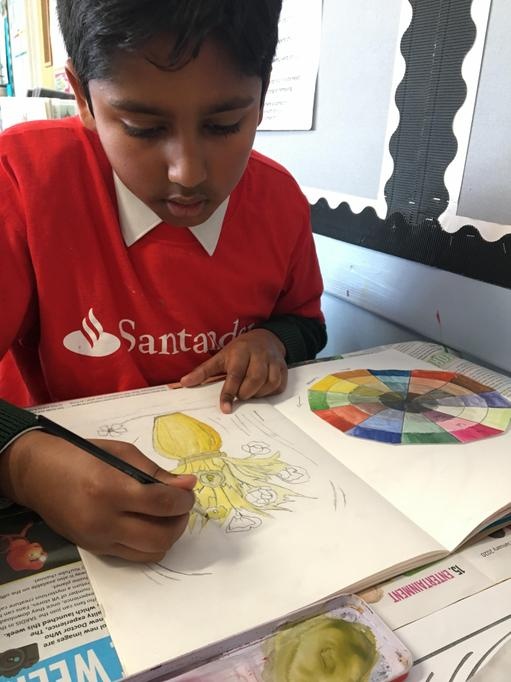
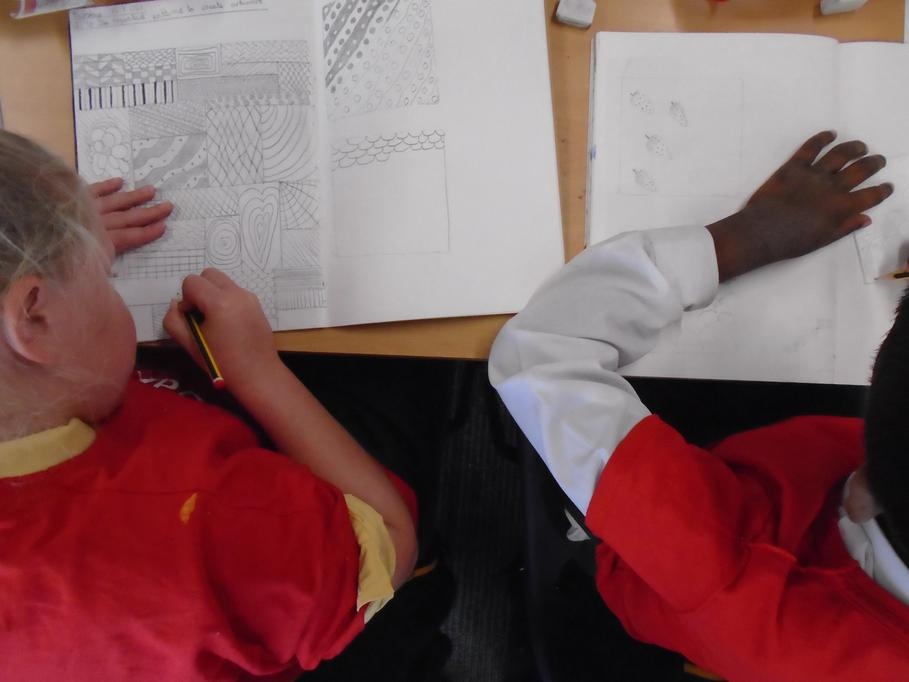

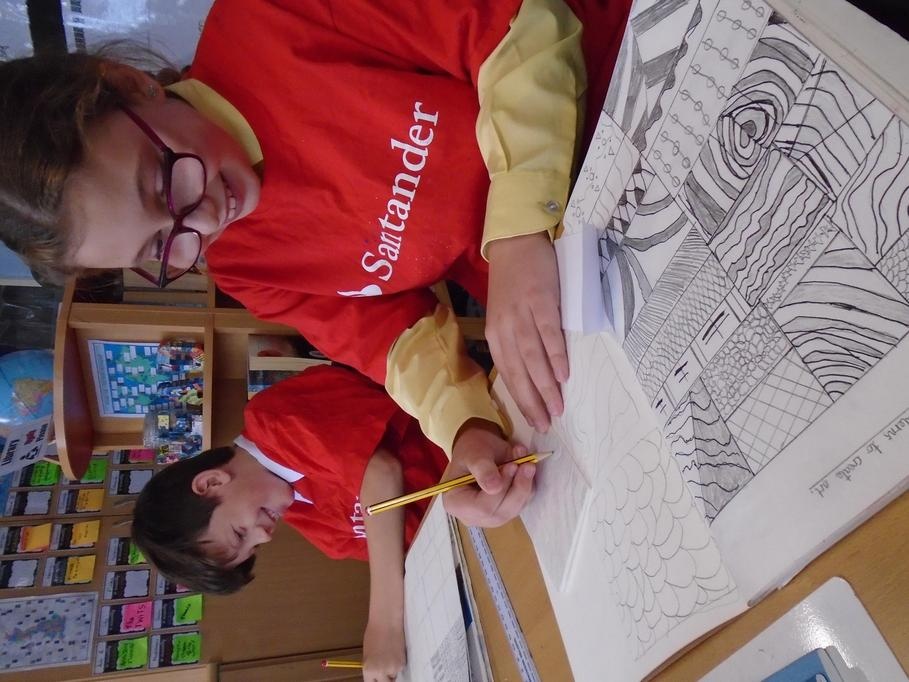
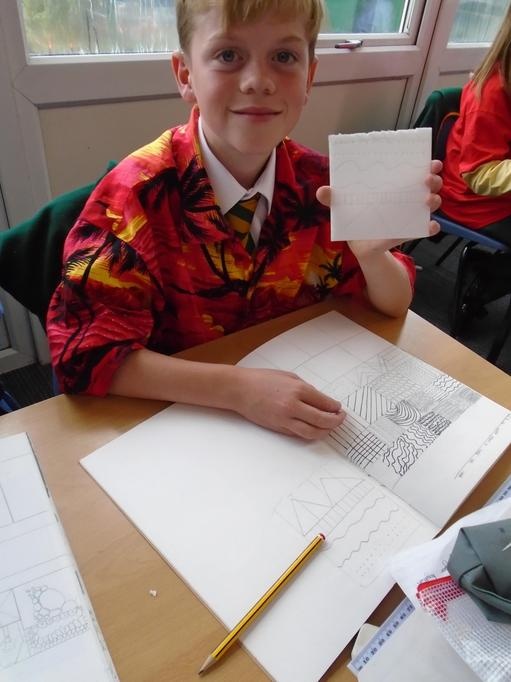
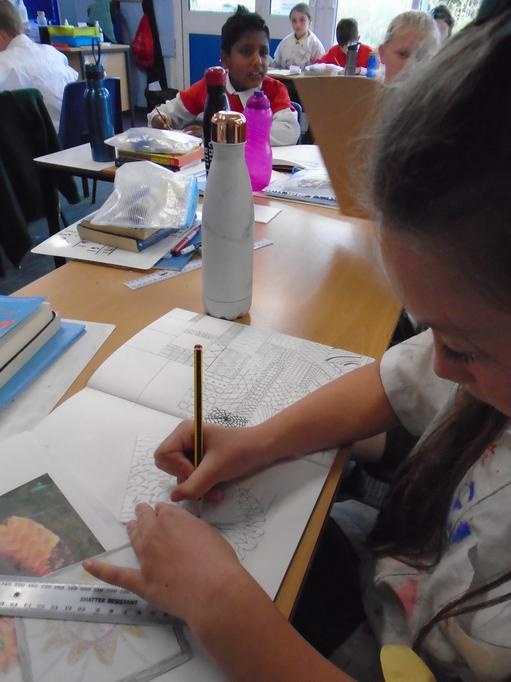

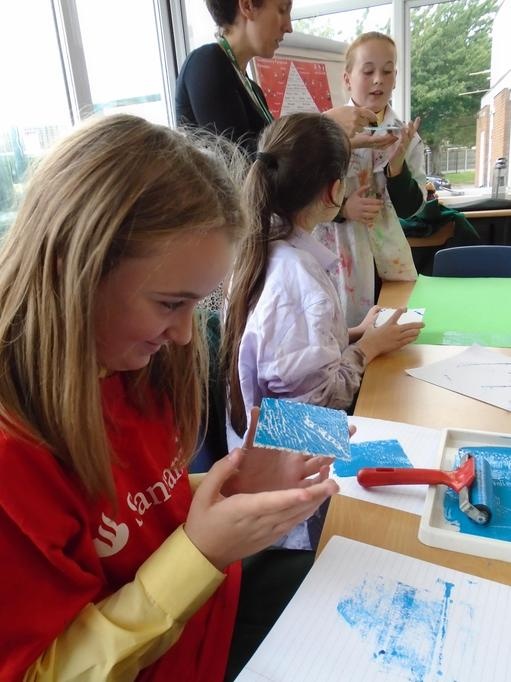
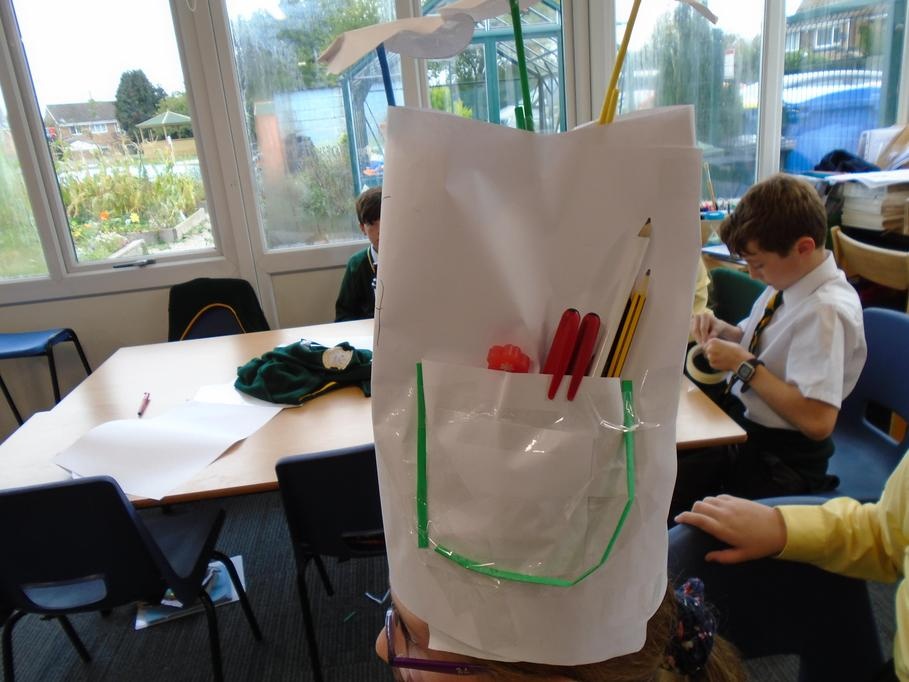


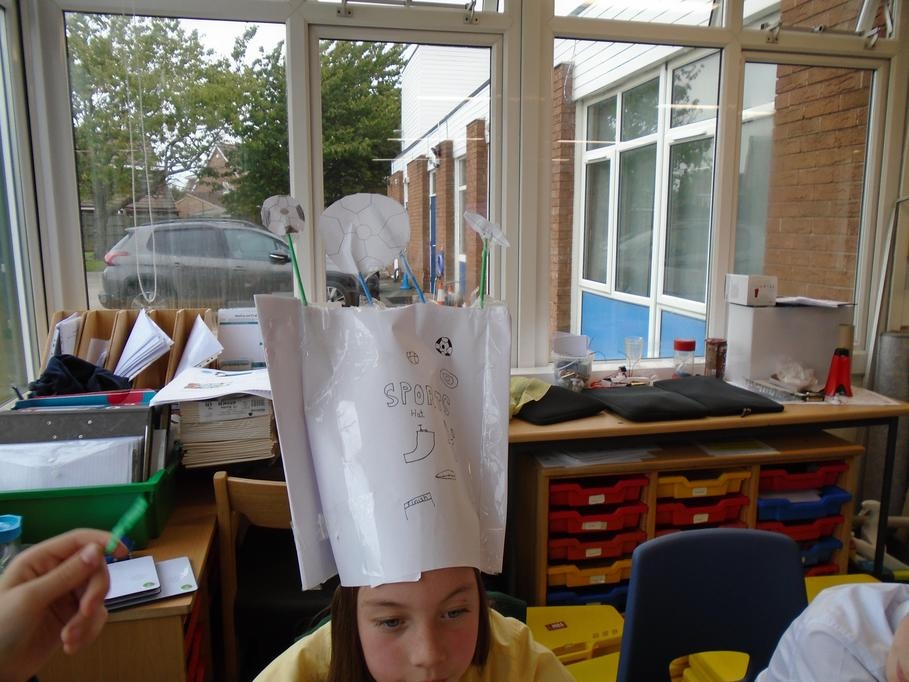
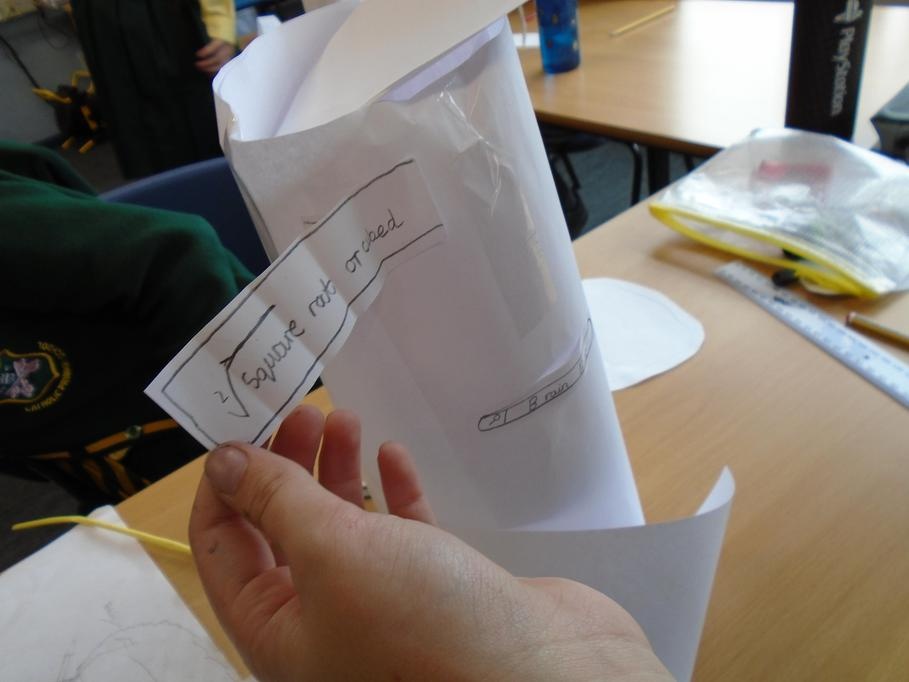
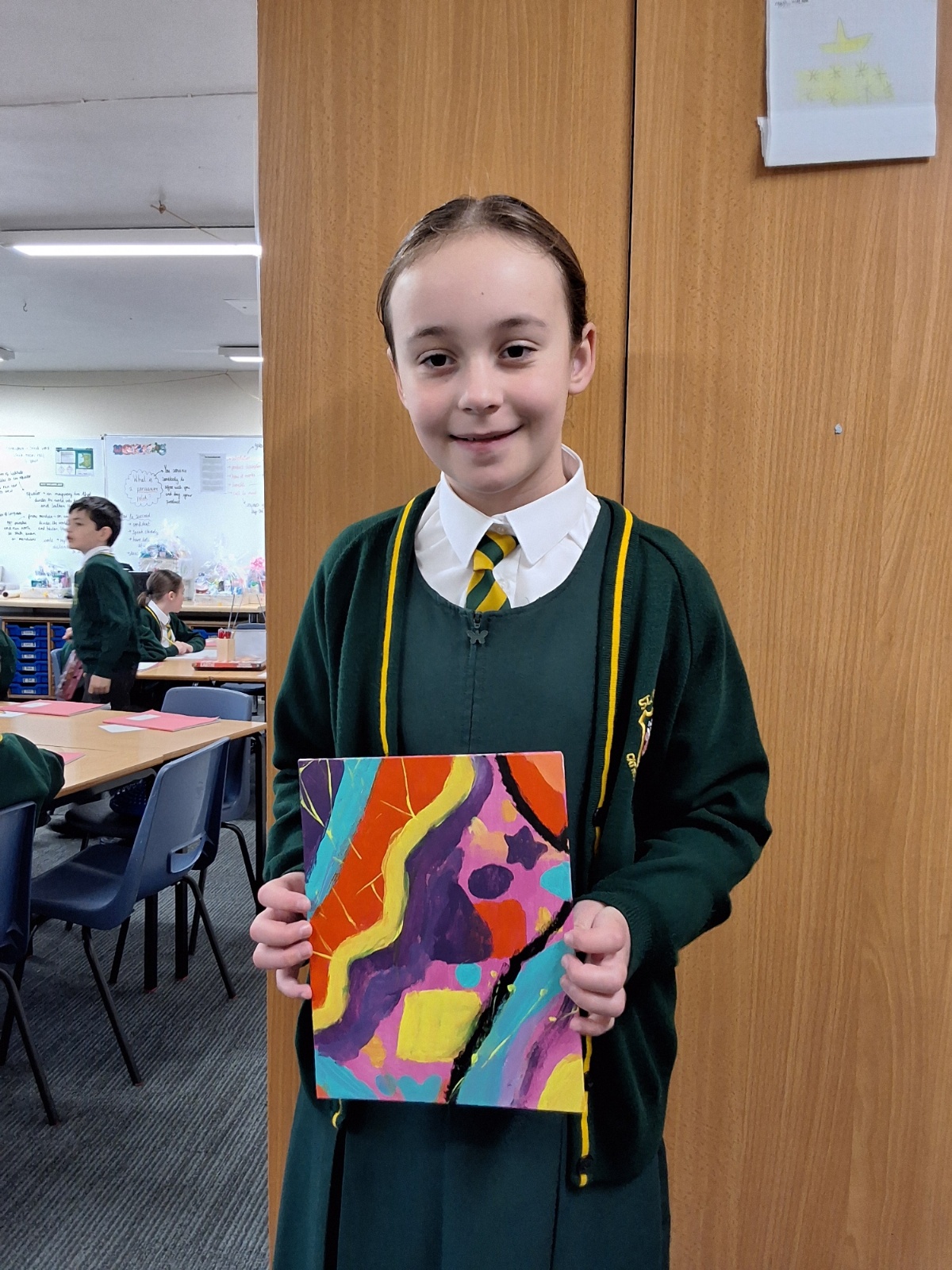
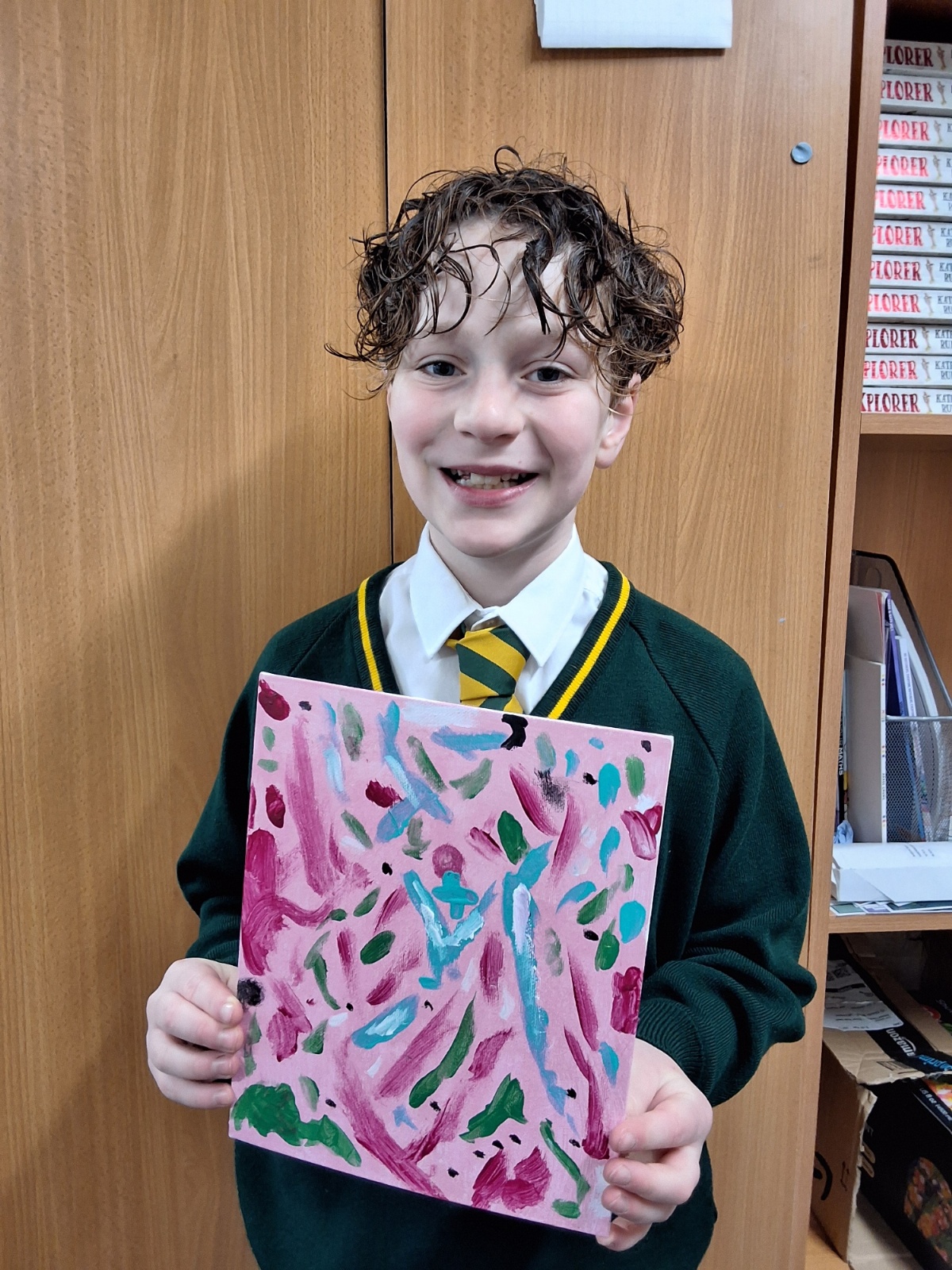
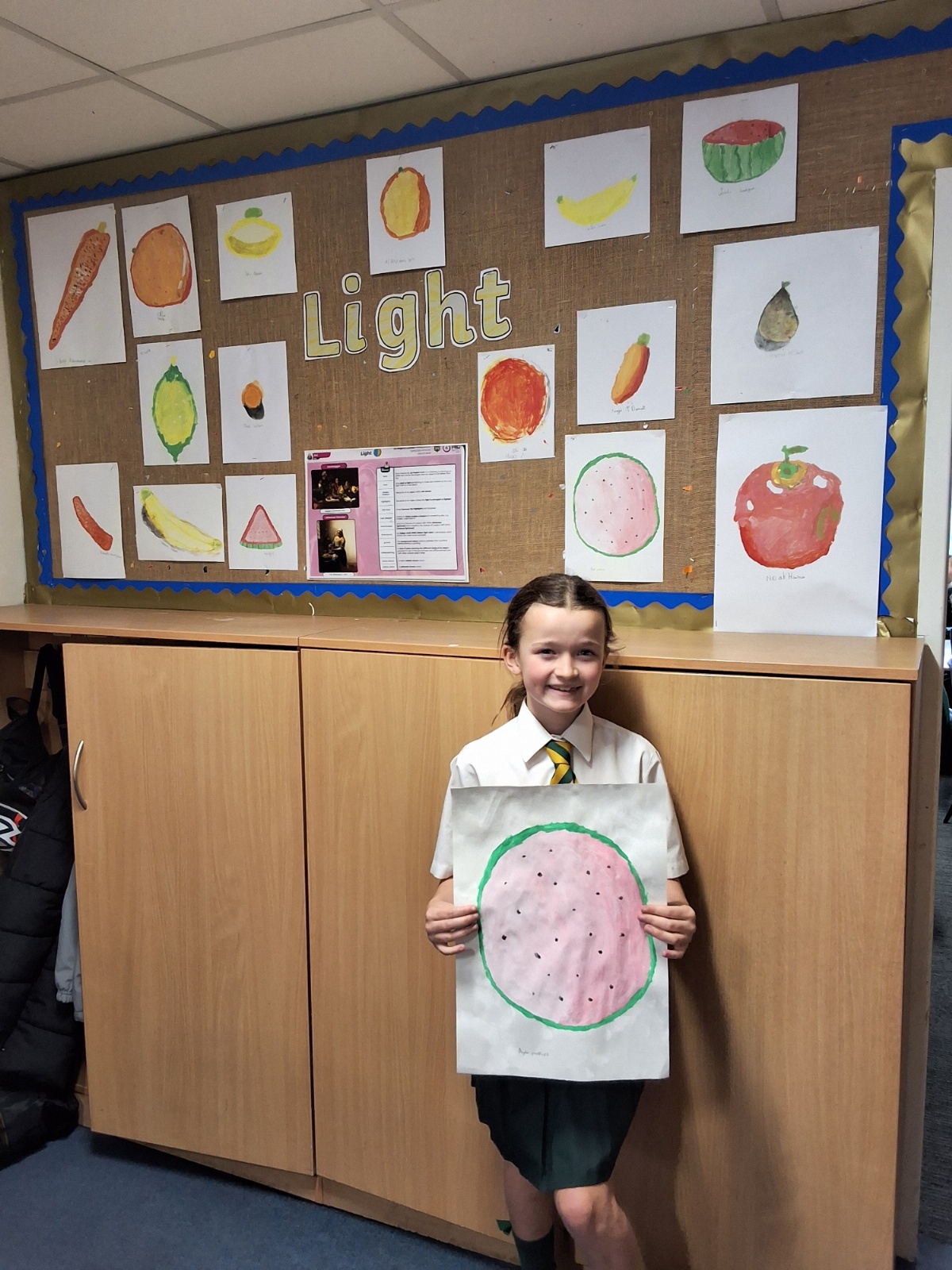
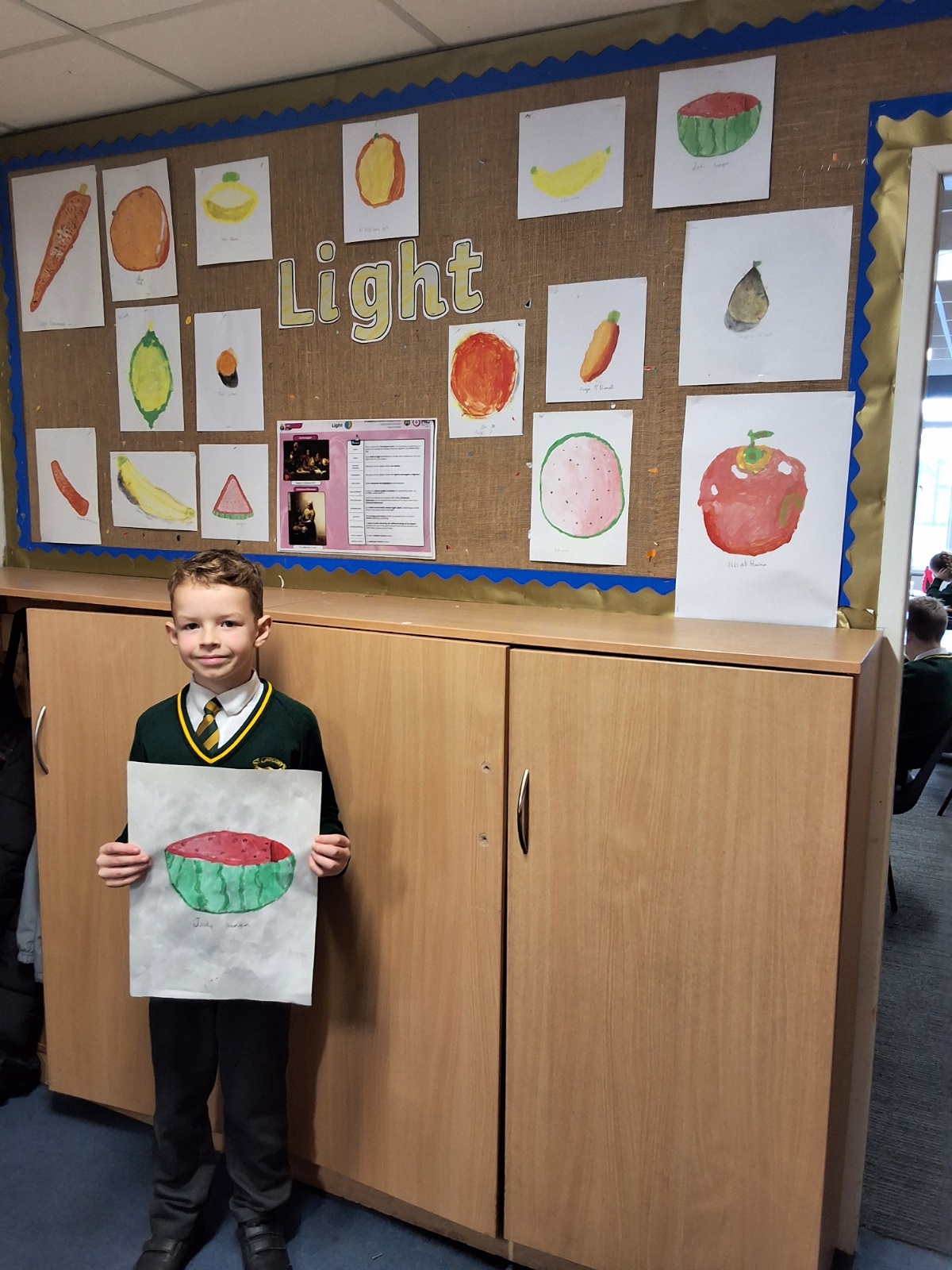
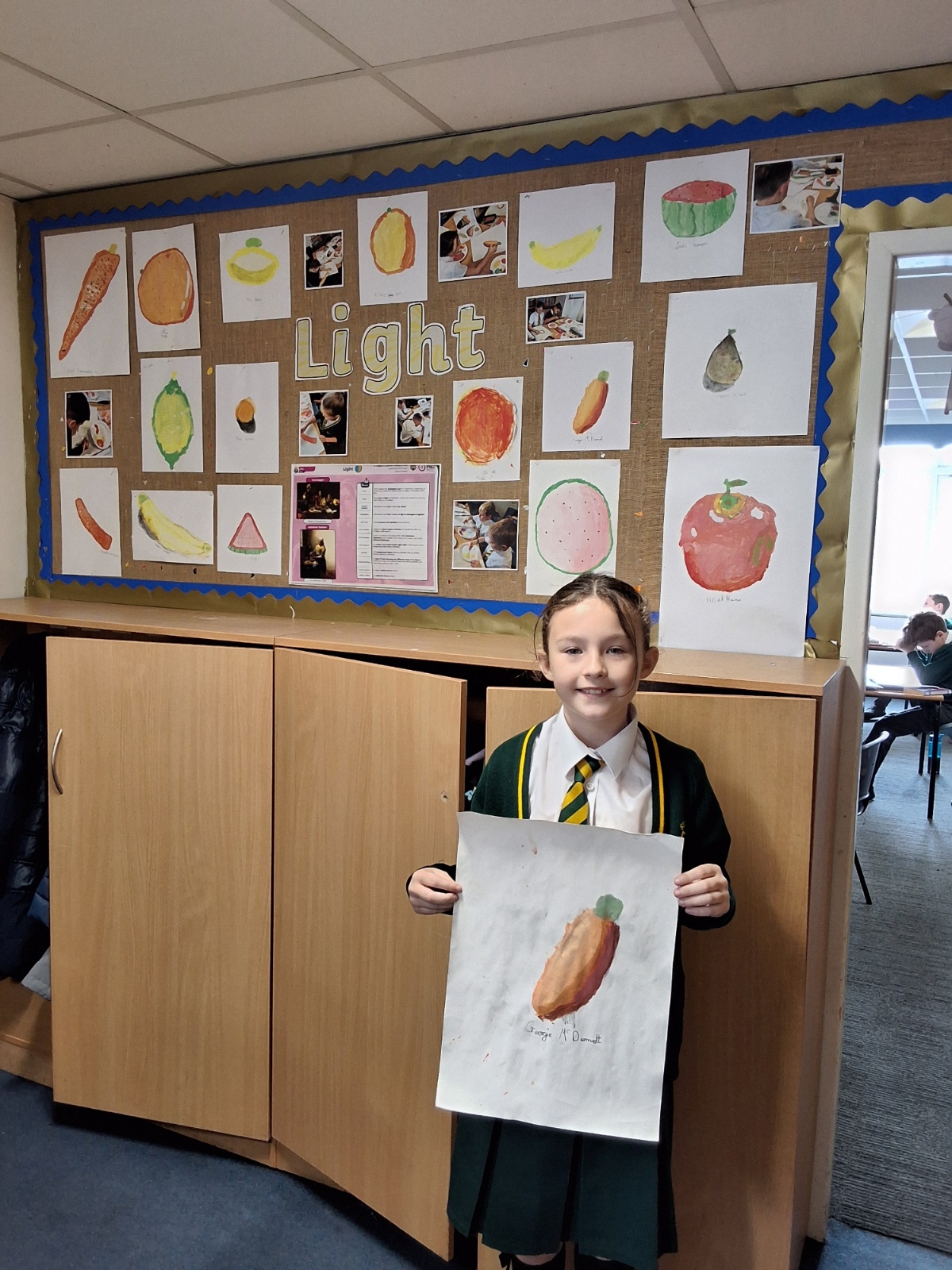

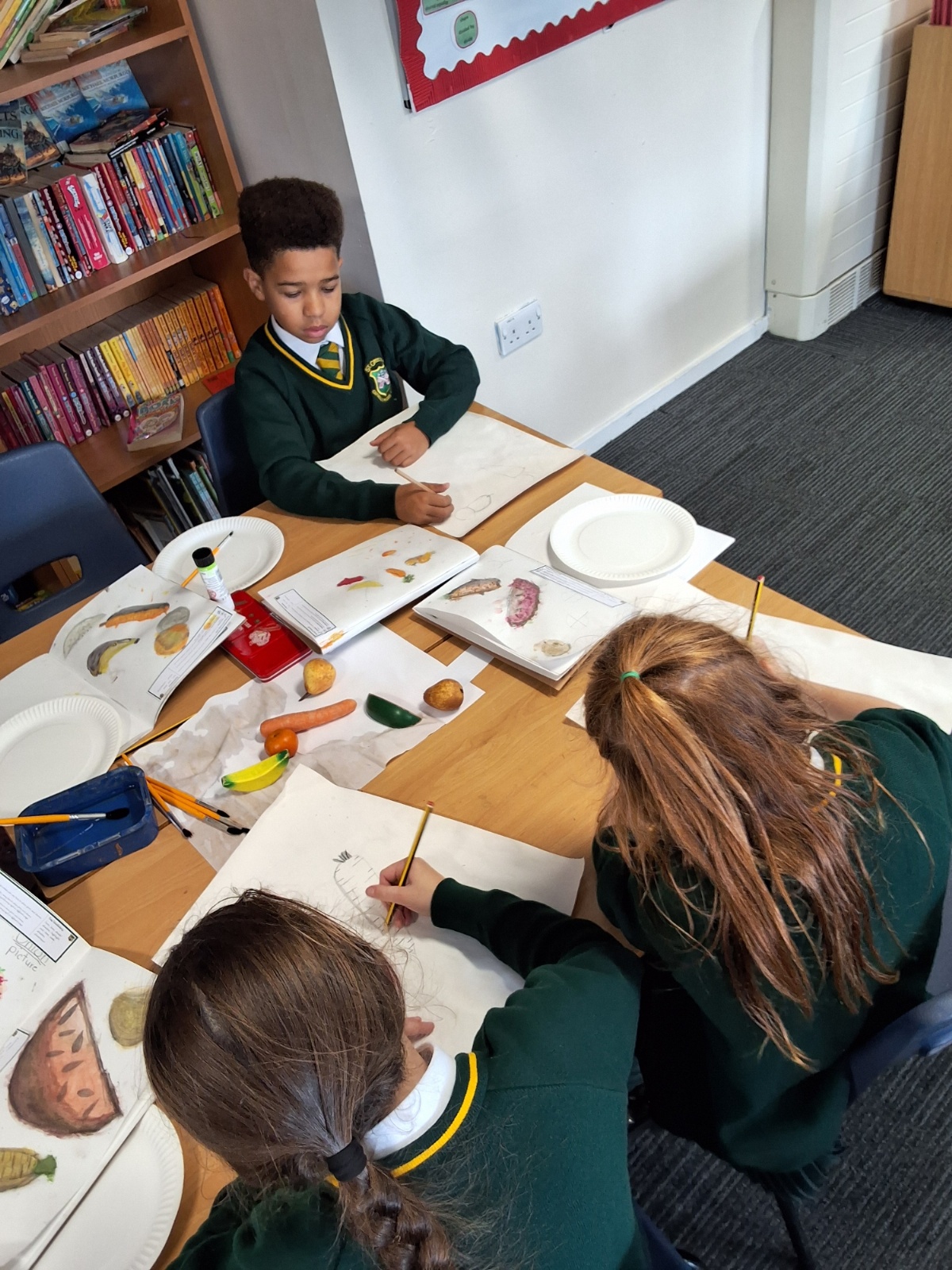

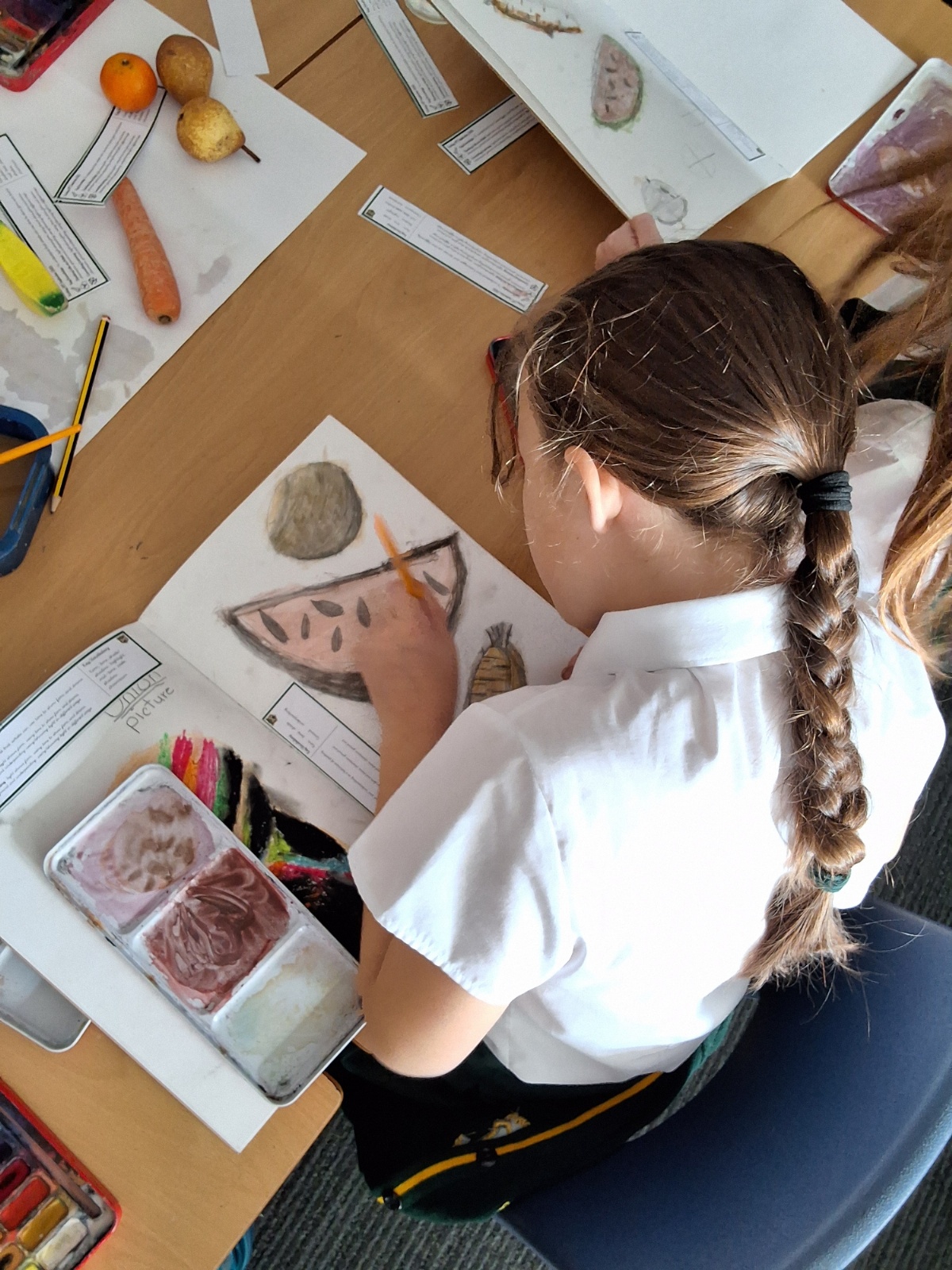
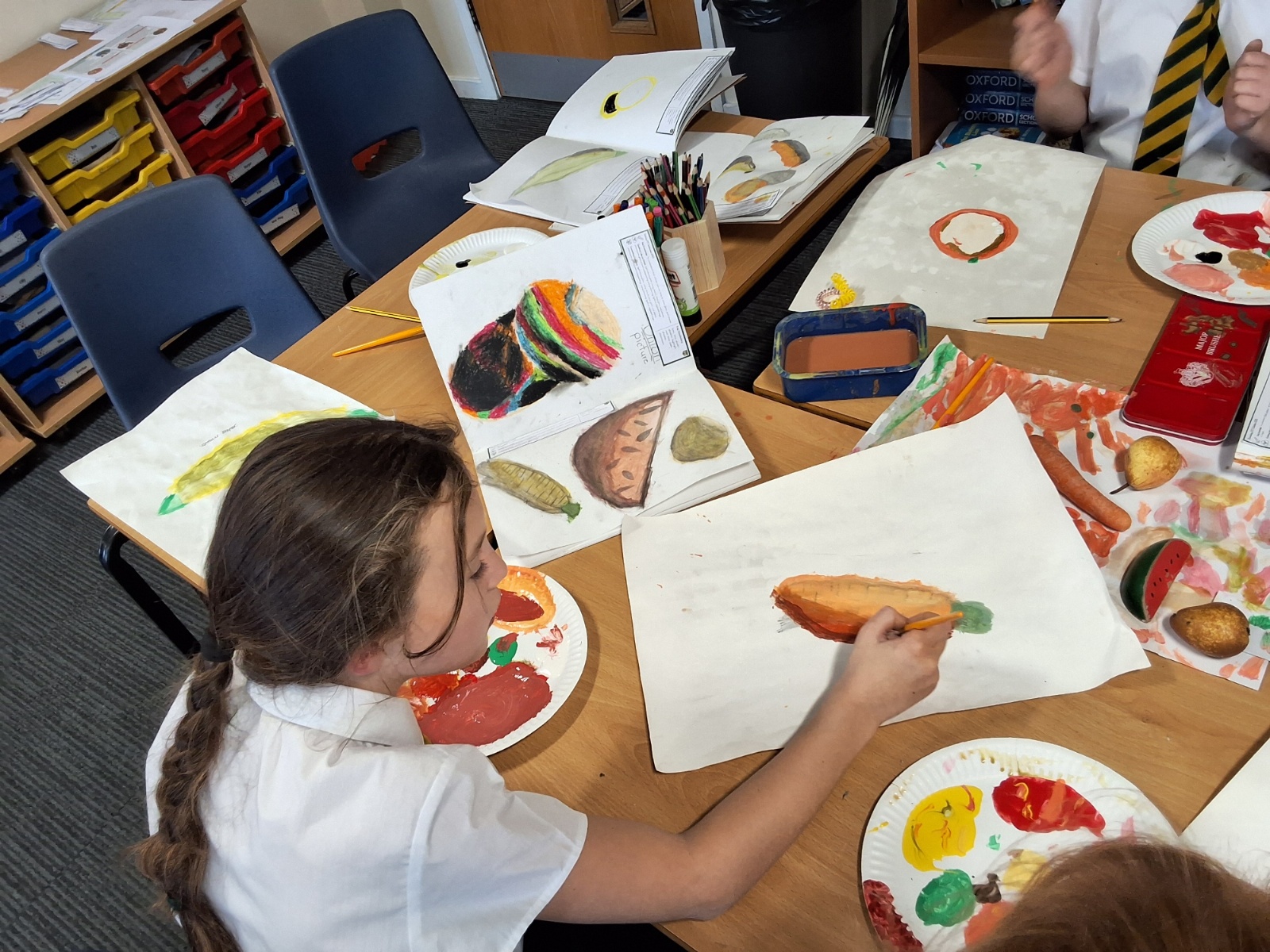

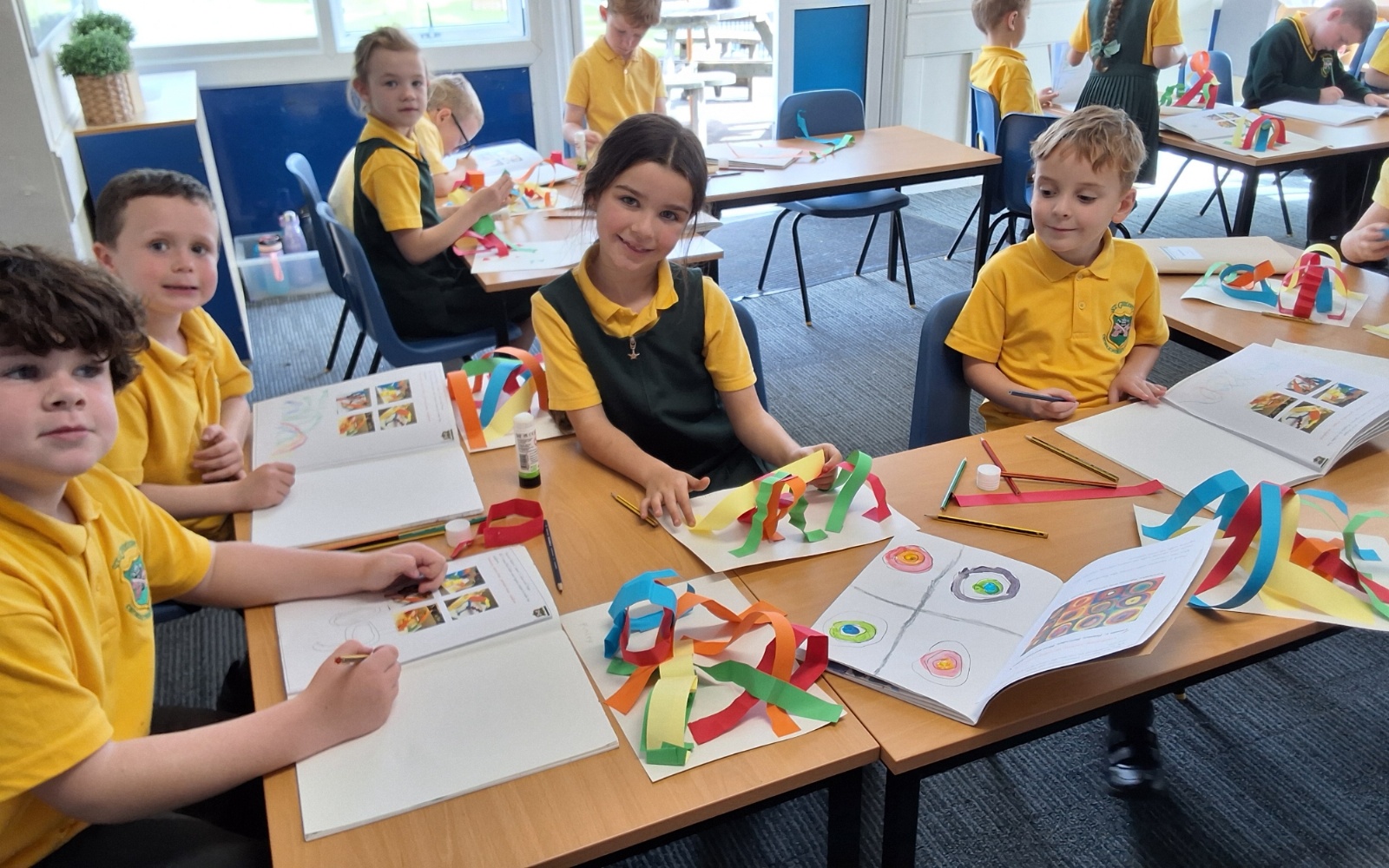
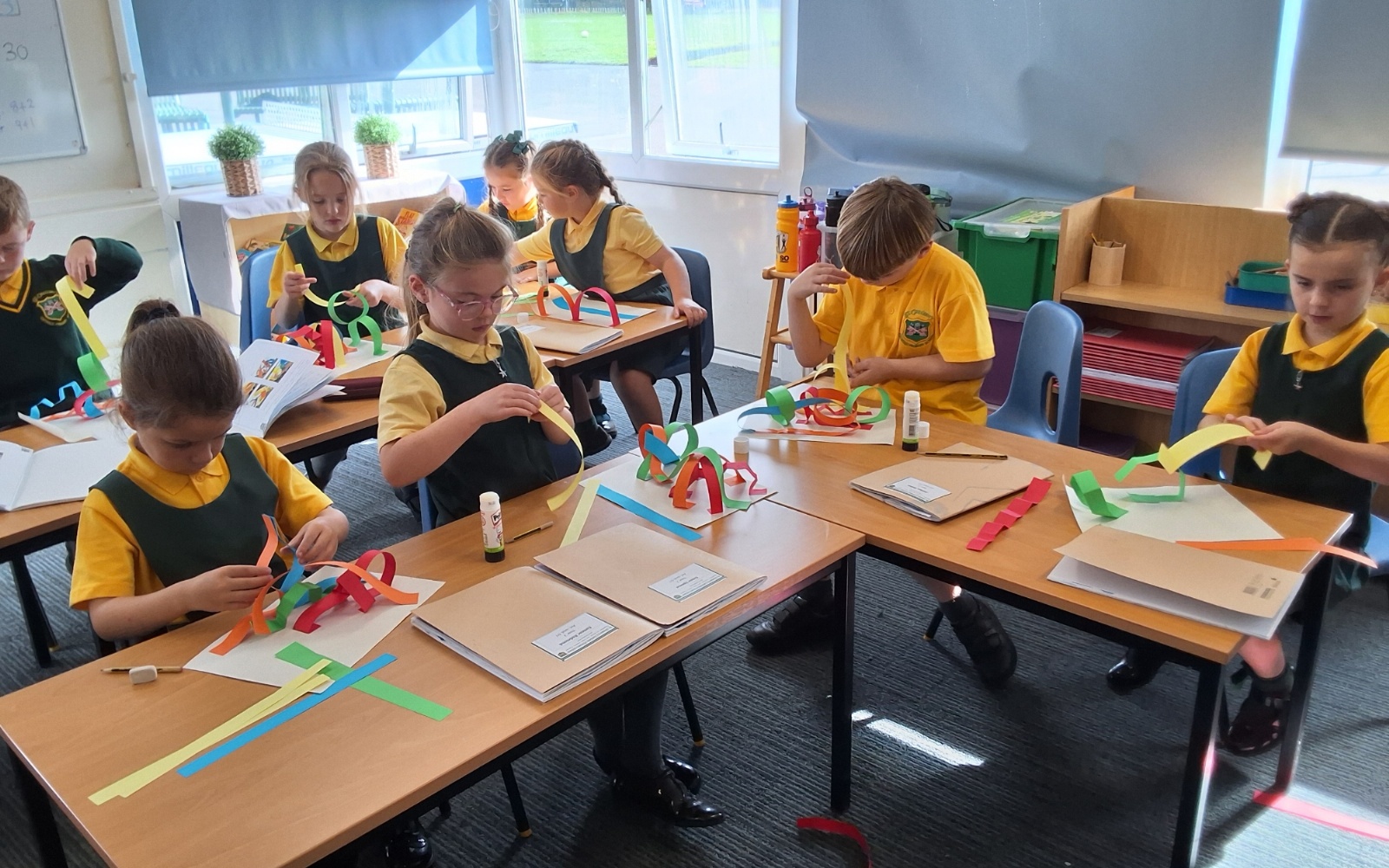
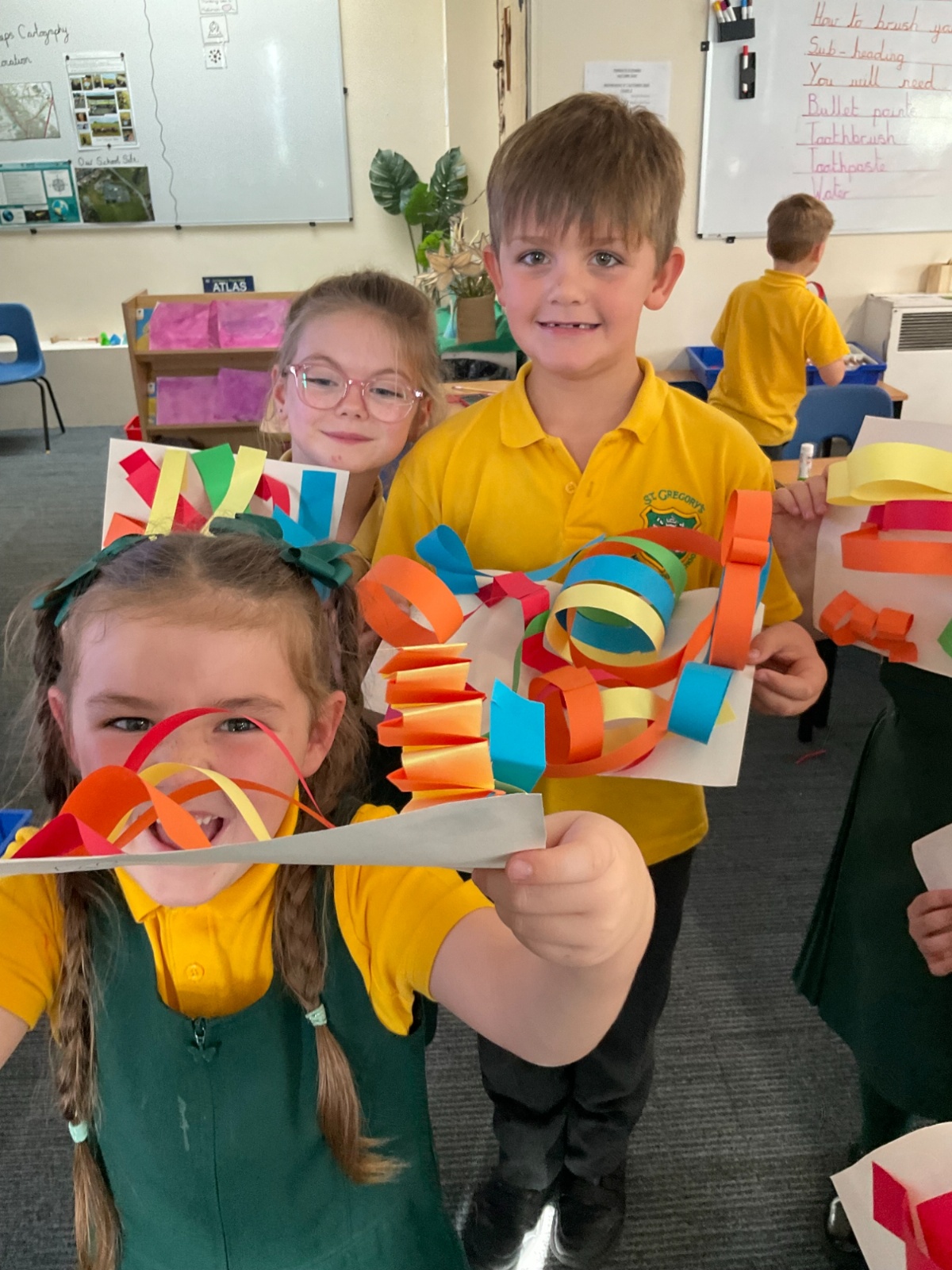
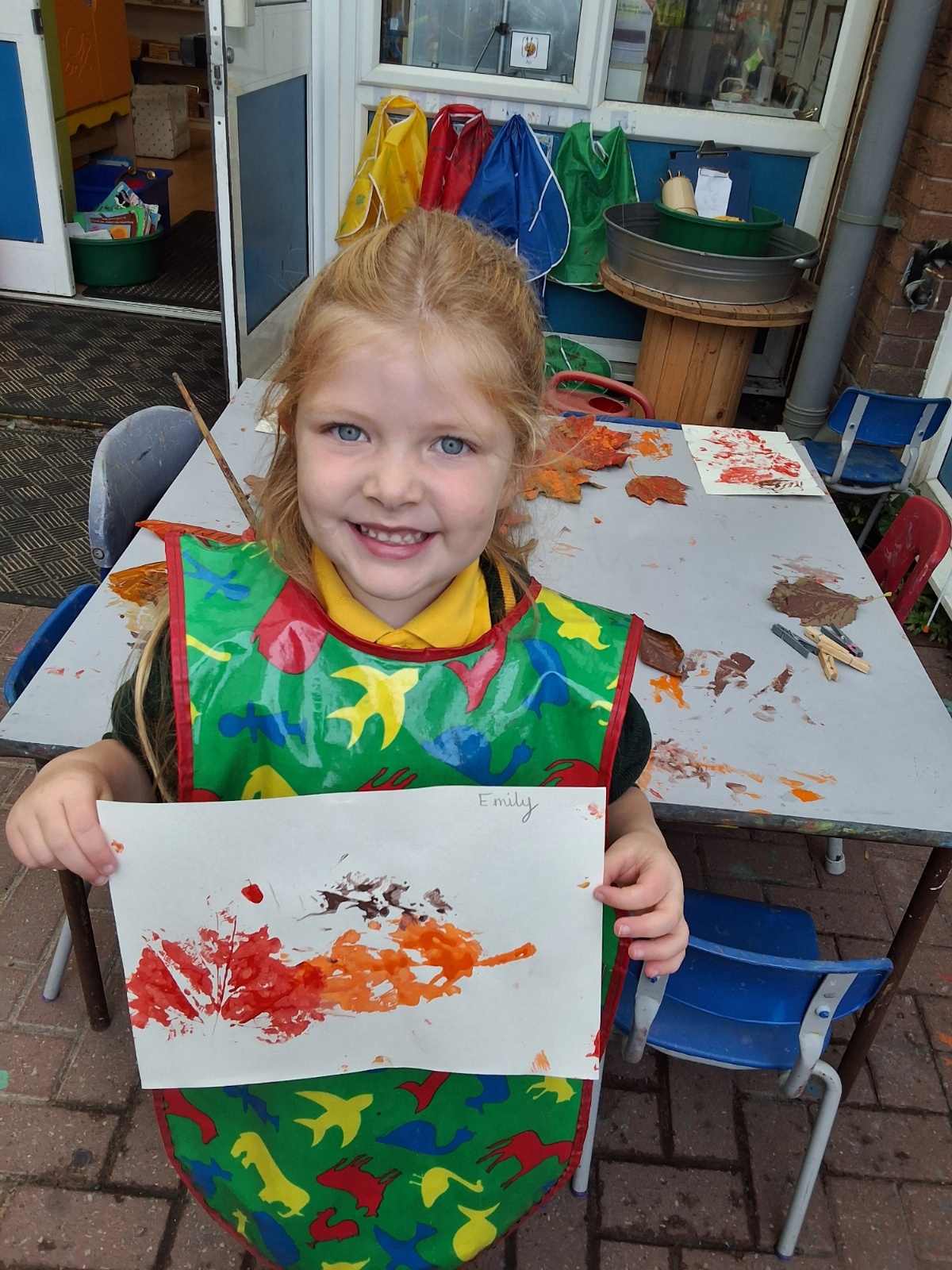
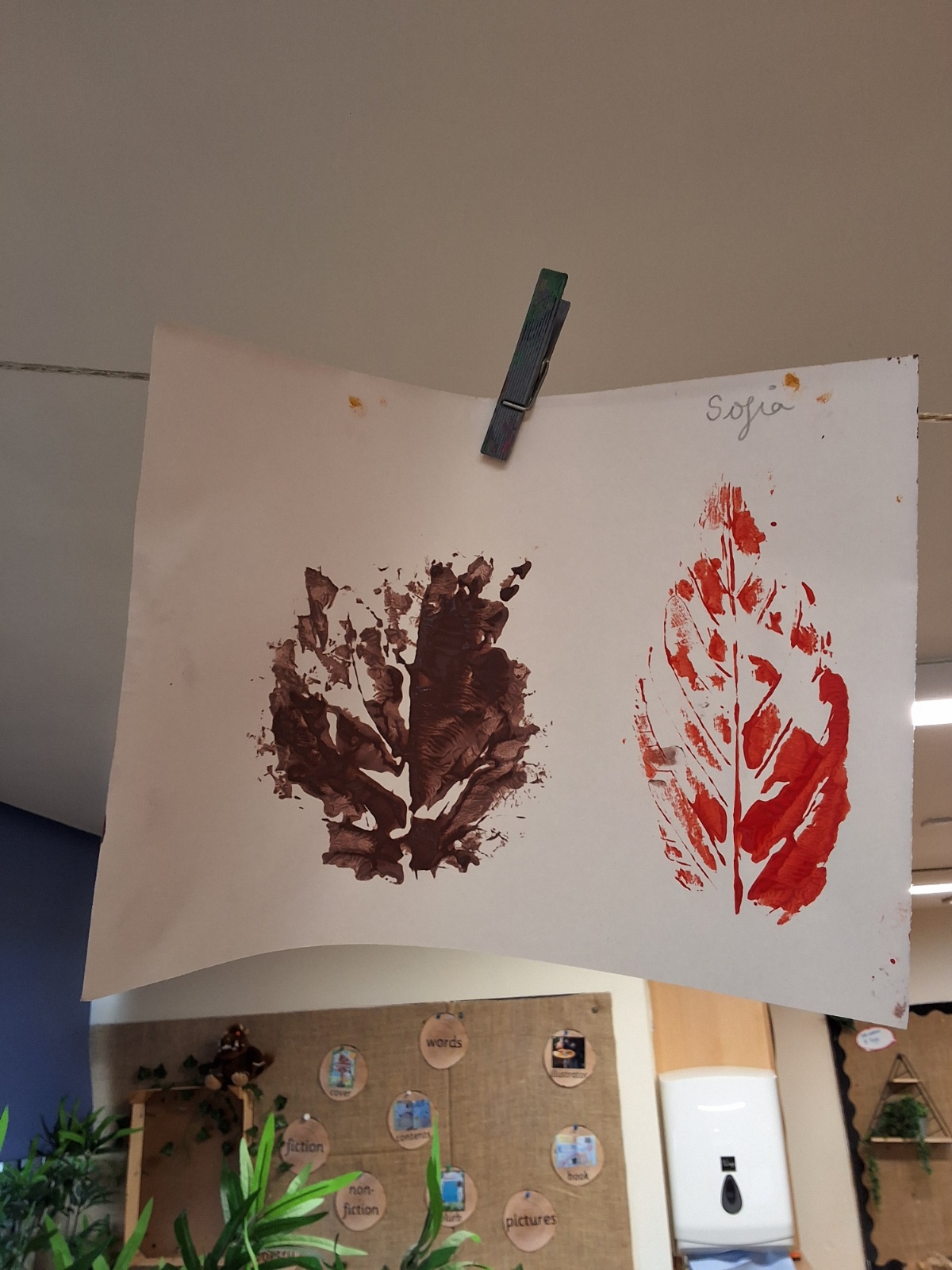
.jpg)
